Microdermabrasion For Acne Scars: Benefits, Effects, & Cost
A non-invasive treatment that diminishes acne scars and enhances your skin’s appearance
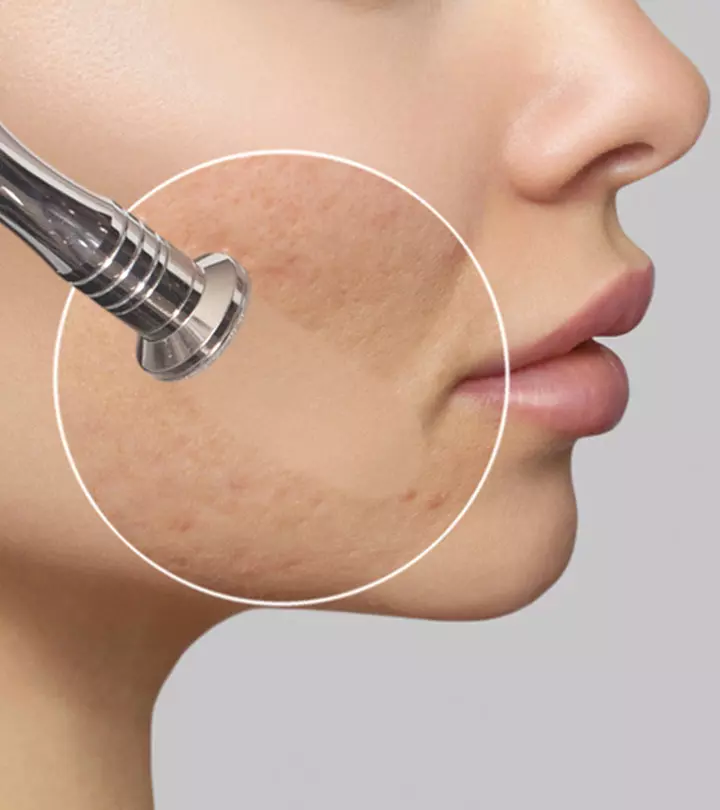
Image: Shutterstock
Microdermabrasion for acne scars – it is quite effective! Microdermabrasion is a popular skin care method for treating acne scars and facial fine lines. It is an exfoliation procedure that mildly eradicates the top layer of the skin. This process improves the scars and minimizes the appearance of skin imperfections.

Exfoliating crystals are applied directly to your skin to remove dead skin cells as well as stimulate the skin’s ability to synthesize collagen. Then, a unique sanding tool massages the crystals into your neck and face without requiring injections or incisions.
Thus, you will see immediate results in the form of clearer, youthful skin. Keep reading to learn all about microdermabrasion, including its benefits, side effects, and much more!
In This Article
What Is Microdermabrasion?
Microdermabrasion is a popular skin exfoliation treatment
. It is painless and non-invasive. Although the common area for this technique is the face, you can also get microdermabrasion on the neck, chest, back, and hands.
For this procedure, the dermatologist uses a handheld instrument to exfoliate your skin. Unlike other forms of exfoliating techniques – like chemical peels, laser resurfacing, and dermabrasion – microdermabrasion only targets superficial skin (1). This makes it the best option for treating early sun damage, fine lines, wrinkles, age spots, and acne scars.
As the dermatologist uses a fine abrasive tip combined with vacuum suction, there is no need for needles and anesthetics for the procedure. The recovery is also quicker compared to other exfoliating methods.
Let’s check out what effect a microdermabrasion facial has on the skin.
Key Takeaways
- Microdermabrasion is a painless and non-invasive exfoliation procedure for treating acne scars.
- It involves eradicating the top layer of the skin to reveal the healthy skin beneath the scars.
- Avoid the procedure if you have acute inflammation, an active breakout, or extensive scars.
- This procedure has a temporary effect and requires multiple sessions for long-lasting effects.
What Is The Effect Of Microdermabrasion On Your Skin?
Often, sun damage, aging, and pollution dry out the outer layer of skin and cause discoloration and rough texture. Microdermabrasion exfoliates your skin to give you an even skin tone and texture. Even a single treatment session is claimed to deliver visible results.
For many people, it also softens the appearance of fine lines and wrinkles. It also reduces pore size and controls oiliness (1). Listed below are the effects it has on different skin conditions:
1. Effect On Acne
Microdermabrasion works best on pigmented acne scars that lie flat against the skin. It does not help improve deep and extensive acne scarring (2), (3).
As the skin gets exfoliated, it triggers the healing process of your skin. Subsequently, your skin produces more collagen and remodels to become smoother. Multiple treatments can also reduce the dark spots caused by breakouts.
It is not advisable to get microdermabrasion if you have severe acne or an acute breakout episode as it can exacerbate your condition. Consult your dermatologist for an alternative treatment. You can also wait for the inflammation to settle and the acne to clear before opting for microdermabrasion.
2. Effect On Melasma
Melasma is a common skin problem that causes dark patches to appear on the skin. Microdermabrasion treatment can help in such skin pigmentation problems (4). You are usually asked to undergo sessions once a fortnight or month. When used in combination with glycolic acid peels, 4% hydroquinone, and regular sunscreen, it can yield positive results. The only drawback is it is not a permanent solution.
3. Effect On Keratosis Pilaris
Keratosis pilaris
(also known as follicular keratosis) is a harmless skin condition in which the skin produces excess keratin protein that blocks the hair follicles. The blocked follicles lead to a rough and bumpy appearance on the skin. These bumps appear on the upper arms, thighs, cheeks, or buttocks and do not hurt or itch (5).
Microdermabrasion can help temporarily improve the appearance of skin affected by keratosis pilaris. Skin experts often recommend this treatment in combination with lactic acid lotion and glycolic acid peel. However, the condition can recur despite treatment.
Now, let’s check out how many sessions of microdermabrasion you need to reduce acne scars.
How Many Microdermabrasion Sessions Do You Need?
On average, the cells of your skin regenerate every 30 days. This means the effects of a microdermabrasion treatment on the skin are temporary. For continued benefits, you may require multiple sessions every two to four weeks.
The number of sessions a person requires will depend on their skin condition, the extent of skin damage and acne scarring, and their healing capacity. Due to the cumulative benefit of microdermabrasion treatments, multiple sessions spread over regular intervals (biweekly or monthly) may be necessary. Depending on your acne scarring, you may require about 5-12 sessions. Multiple sessions plus sun protection and moisturization can yield optimal results to give you a healthy, glowing complexion.
Keep reading to learn all about the microdermabrasion procedure.
Procedure For Microdermabrasion
1. Prepping For The Treatment
You can get microdermabrasion at the spa or at a dermatologist’s clinic. Ensure you remove any traces of makeup or oil from your skin before the treatment. You will also require eye protection – either eye pads or goggles.
During the treatment, your skin needs some tension to achieve effective abrasion and vacuum. The skin care expert will stretch your skin and move the handpiece over it with continuous smooth passes. Typically, a couple of passes are done on one area.
Your skin will become slightly pinkish during the treatment, which is an expected response. The pinkness usually fades within a few hours.
2. Treatment After-Care
You will notice your skin to be a bit dry after the treatment. Continue to apply moisturizer as it can be an effect of exfoliation. You may also experience a mild sunburn-like sensation and increased photosensitivity for a few days following treatment (1). Apply sunscreen regularly to prevent sun damage.
Following are few more care tips for microdermabrasion after-care:
- Use anti-inflammatory creams or cold compresses if needed.
- Use a gentle cleanser.
- Avoid picking at your new skin.
- Avoid glycolic acid, beta hydroxy acid, retinol, and benzoyl peroxide products for a few days following treatment.
- Avoid applying prescription retinoid products for at least a week after treatment.
The treatment stimulates collagen production to rejuvenate your skin. It helps reduce dark spots, age lines, and scarring to make your skin softer and smoother. However, the effects can be moderate and require repeated treatments.
 Pro Tip
Pro TipHow Much Does It Cost?
Microdermabrasion is more of a cosmetic procedure, and it is not covered by insurance. If you are getting the procedure, then you may want to consult your dermatologist or skin care specialist for the cost. On average, a session can cost about $100. Since the effect of a single session is minimal, you will require multiple such sessions.
Now, let’s answer the most important question.
Is Microdermabrasion For Everyone?
Microdermabrasion is not suitable for everyone. If you have acute inflammation or an active breakout, microdermabrasion can exacerbate the condition. Also, if you have extensive acne scars that spread beyond the middle layers of your skin, it will be ineffective (1).
Also, you should avoid the procedure if you have:
- Open cuts and wounds on your skin
- Skin conditions like eczema, rosacea, etc.
- Skin cancers and cysts
- Viral infections like herpes simplex, varicella-zoster virus, human papillomavirus, and impetigo
- You are on isotretinoin medications for your acne problems
 Pro Tip
Pro TipIf you fall into one of these categories, you can check out the alternative treatments in the next section.
Alternatives To Microdermabrasion For Acne Scars
In some conditions, microdermabrasion can be ineffective on acne scars. You can try the following alternatives instead (3):
- Dermabrasion, as it is more invasive and can target the deeper skin layers
- Chemical peels
- Laser resurfacing
- Microneedling
- Steroidal injections
- Surgical removal of the skin lesions
It is wise to consult your skin specialist to guide you. In some cases, a combination of these treatments can provide better relief and lasting results than microdermabrasion.
Lastly, let’s check out the limitations and side effects of microdermabrasion.
Limitations And Potential Side Effects Of Microdermabrasion
The non-invasive nature of microdermabrasion ensures that the recovery is rapid with minimal side effects. It is a relatively safe procedure.
The potential drawbacks are the limitations of using this treatment:
- It targets only the superficial layer of your skin.
- It is ineffective when the skin lesions or damage extends into the deeper layers.
The potential side effects of microdermabrasion include (1):
- Slight skin tightness
- Redness/pinkness on the treated area (often resolves by itself)
- Skin bruising
- Photosensitivity
- Post-inflammatory hyperpigmentation (PIH)
- Skin abrasions
- Micro bleeding
- Threadlike red lines and patterns on the skin due to small blood vessel injuries
- Activation of herpes virus infection
In A Nutshell
Microdermabrasion is an effective method to treat acne scars. Doing microdermabrasion for acne scars removes the top layer of the skin to reduce the appearance of the scars. It helps exfoliate the skin, remove dead skin cells, and bring out healthy skin. Besides helping reduce acne scars, it improves your skin texture and gives you an even skin tone. You may have to attend multiple sessions for best results and continued benefits, depending on the scarring. Also, you may need to follow some before and after-care tips to receive optimal results.
Frequently Asked Questions
What is better for acne scars: microdermabrasion or microneedling?
Anecdotal evidence suggests that microneedling is the better option for deep acne scars as it works just beneath the skin. Microdermabrasion is a cheaper and safer option for superficial acne scars but requires frequent sessions.
Will I break out after microdermabrasion?
Possibly, though in rare cases. Microdermabrasion clears out impurities and stimulates new skin cell growth. Your skin is sensitive during this stage and may develop temporary breakouts. Avoid excess contact, keep yourself hydrated, and gently cleanse your skin with specific products to deal with the breakouts.
Is microdermabrasion worth the money?
This depends on the kind of results you are looking for and how quickly you want them. Microdermabrasion is a good option for those looking to remove their blackheads, superficial acne scars, and clearing out their pores. However, it doesn’t work for everyone, has temporary results, and requires multiple sessions.
Unlock the secrets of flawless skin by diving into the transformative world of microdermabrasion, a revolutionary treatment targeting acne scars. Explore the process, benefits, and efficacy of this skincare technique, unveiling a clearer, smoother complexion that helps you bid farewell to stubborn acne scars for good!
References
Articles on StyleCraze are backed by verified information from peer-reviewed and academic research papers, reputed organizations, research institutions, and medical associations to ensure accuracy and relevance. Read our editorial policy to learn more.
- Microdermabrasion
https://www.ncbi.nlm.nih.gov/books/NBK535383/ - Effective Treatments of Atrophic Acne Scars
https://www.ncbi.nlm.nih.gov/pmc/articles/PMC4445894/ - A systematic review of treatments for acne scarring. Part 1: Non-energy-based techniques
https://journals.sagepub.com/doi/10.1177/2059513117695312 - Melasma
https://www.asds.net/skin-experts/skin-conditions/melasma - Keratosis Pilaris: Diagnosis And Treatment
https://www.aad.org/public/diseases/a-z/keratosis-pilaris-treatment
Read full bio of Dr. Nermeen Bedair
Read full bio of Arshiya Syeda
Read full bio of Ramona Sinha
Read full bio of Monomita Chakraborty







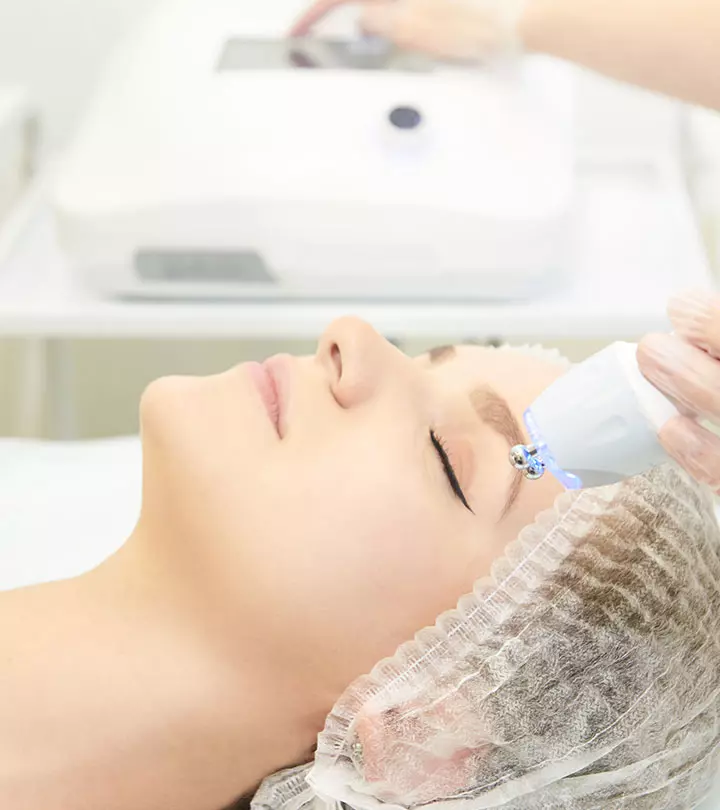
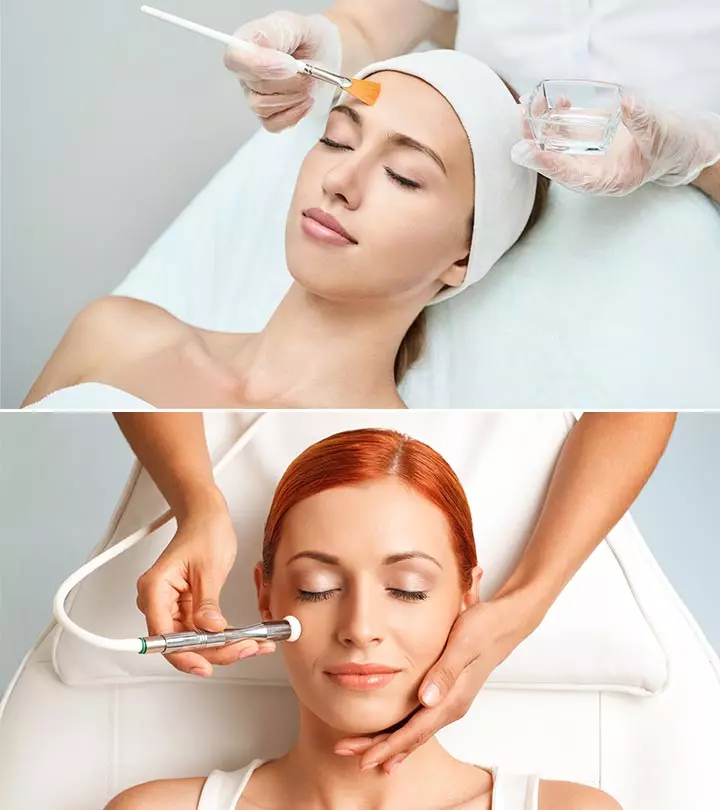
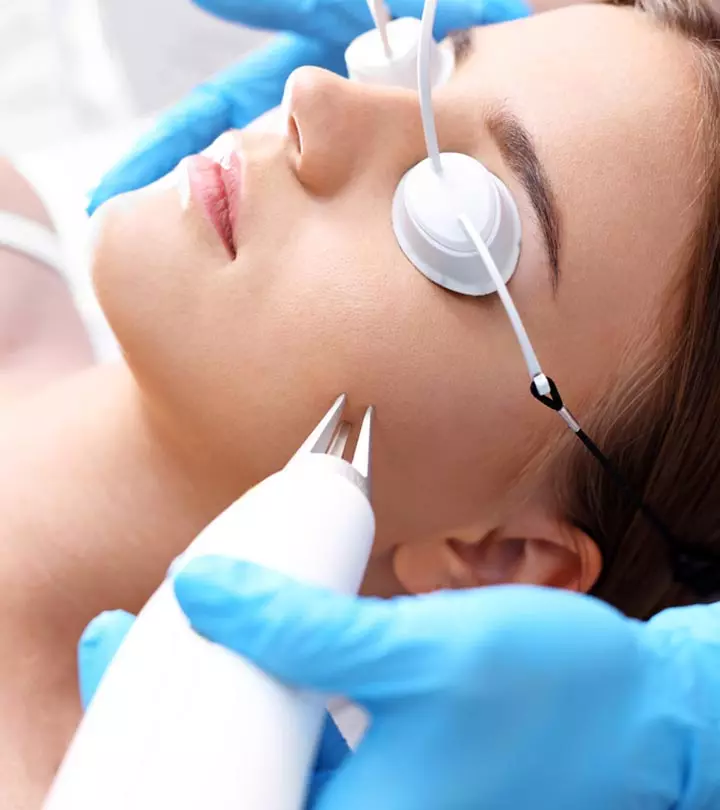
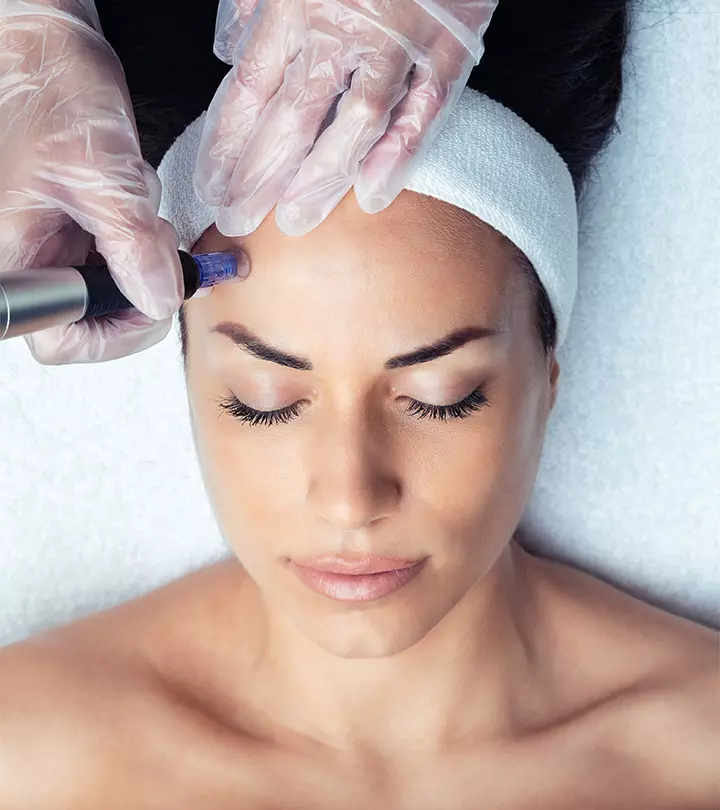
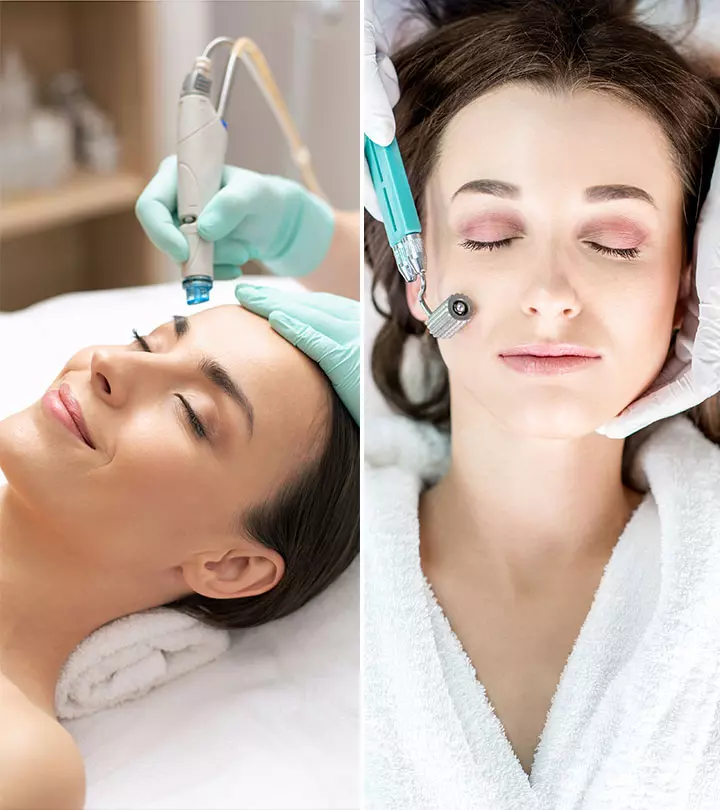
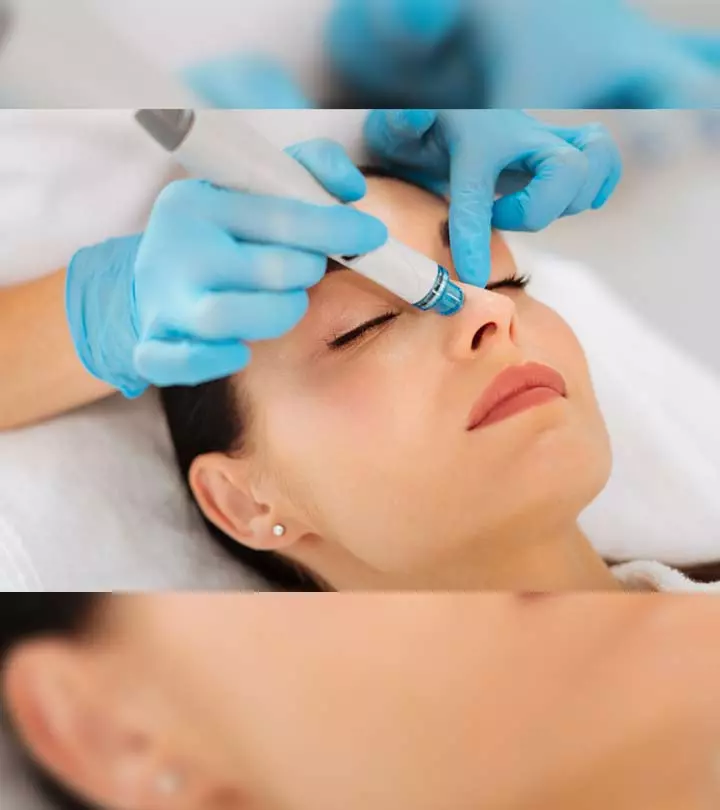
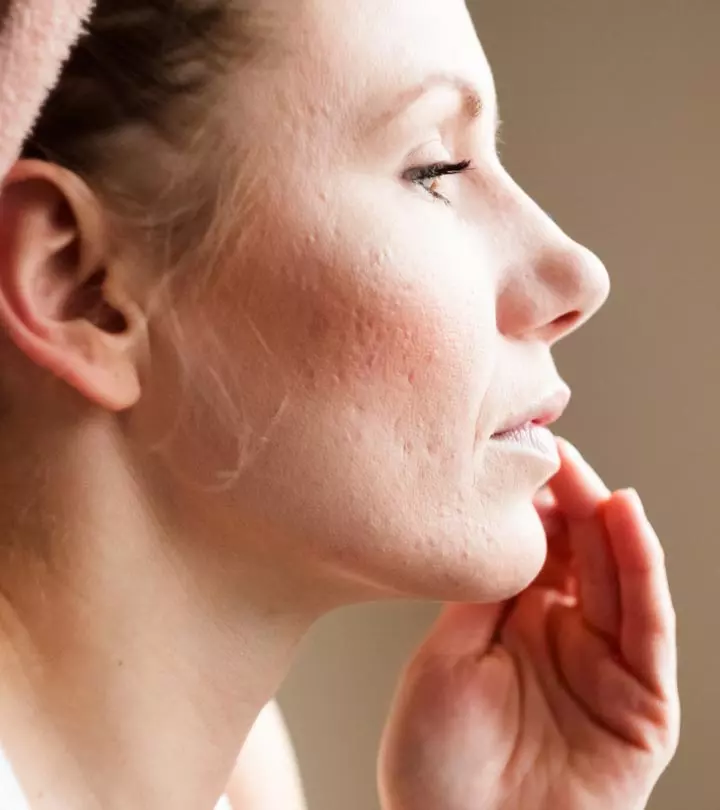

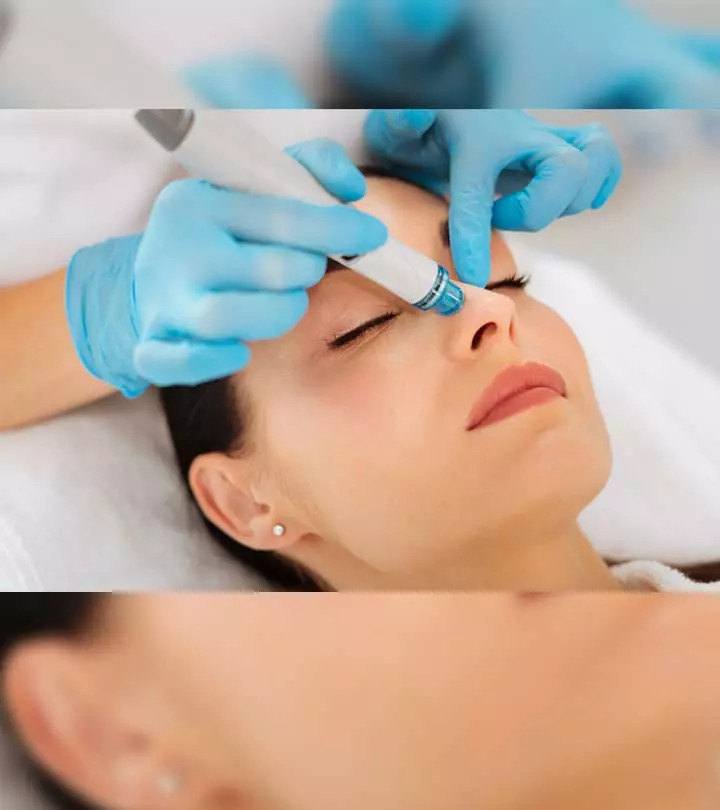
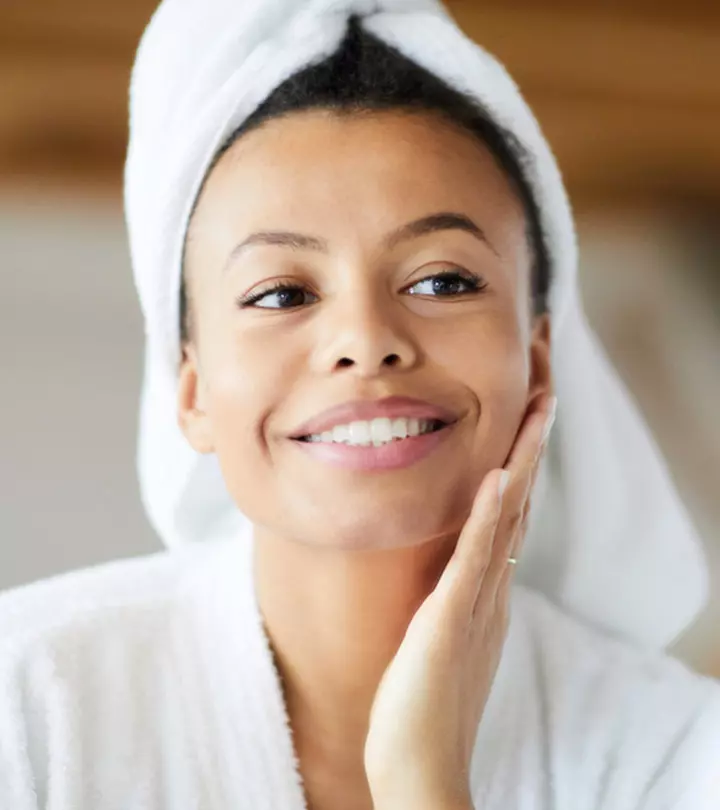


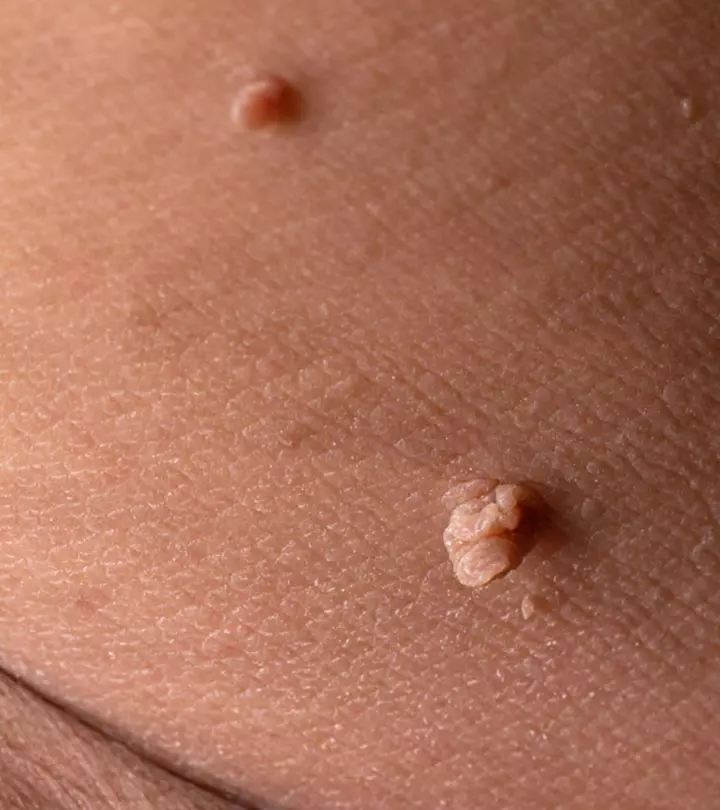

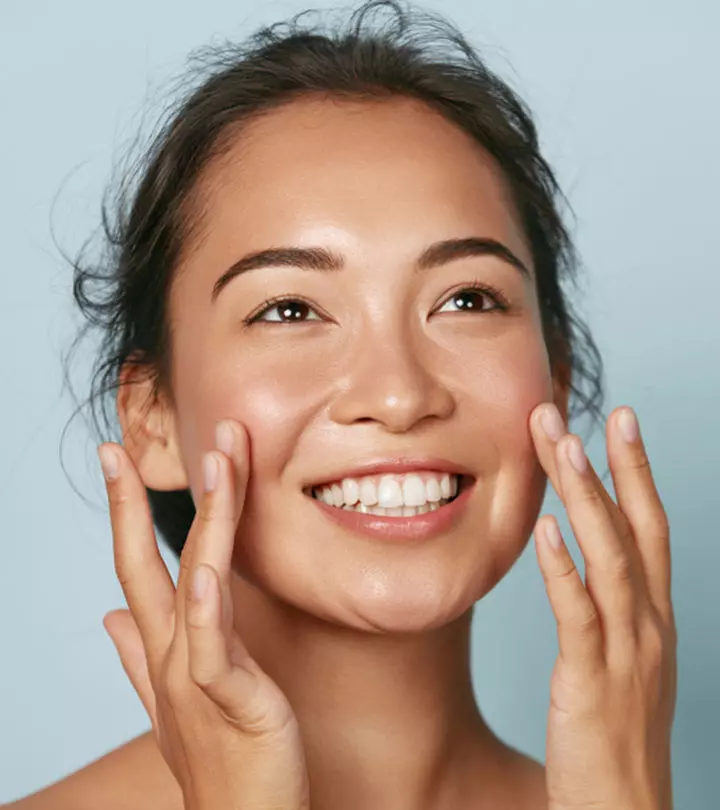

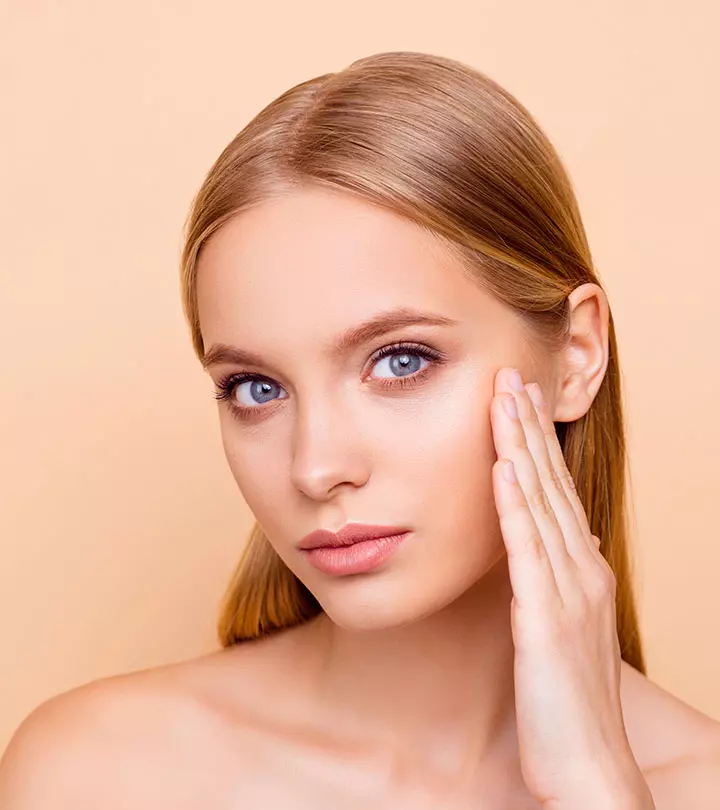
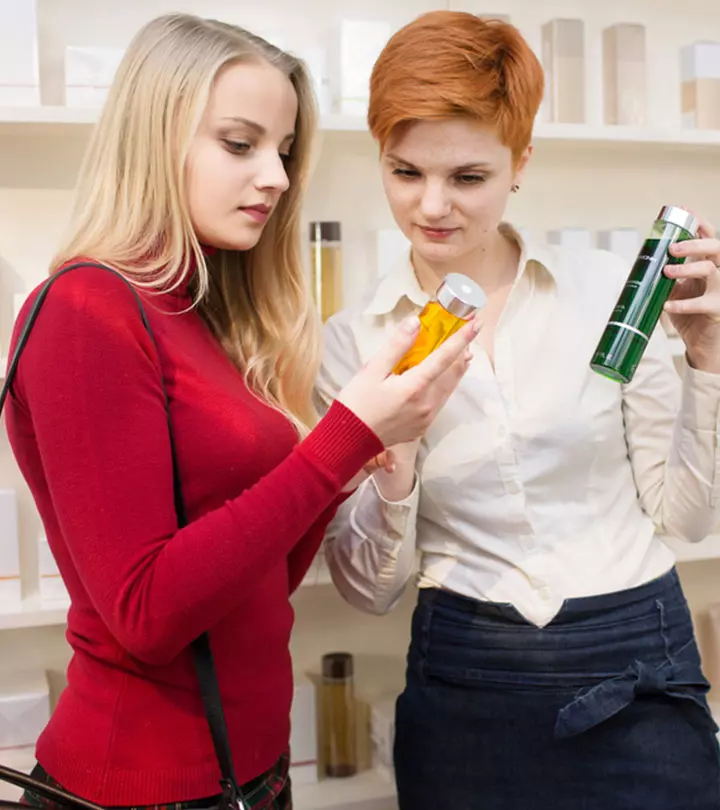



Community Experiences
Join the conversation and become a part of our empowering community! Share your stories, experiences, and insights to connect with other beauty, lifestyle, and health enthusiasts.